Improvements to the steam engine were some of the most important technologies of the Industrial Revolution, although steam did not replace water power in importance in Britain until after the Industrial Revolution. From Englishman Thomas Newcomen's atmospheric engine, of 1712, through major developments by Scottish inventor and mechanical engineer James Watt, the steam engine began to be used in many industrial settings, not just in mining, where the first engines had been used to pump water from deep workings. Early mills had run successfully with water power, but by using a steam engine a factory could be located anywhere, not just close to a water source. Water power varied with the seasons and was not always available.

Allis-Chalmers was a U.S. manufacturer of machinery for various industries. Its business lines included agricultural equipment, construction equipment, power generation and power transmission equipment, and machinery for use in industrial settings such as factories, flour mills, sawmills, textile mills, steel mills, refineries, mines, and ore mills.
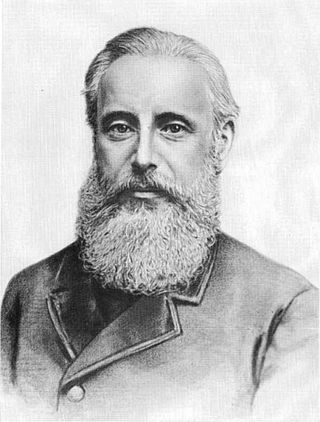
Henry Rossiter Worthington was an American mechanical engineer, inventor, industrialist and founder of the American Society of Mechanical Engineers in 1880.

A Corliss steam engine is a steam engine, fitted with rotary valves and with variable valve timing patented in 1849, invented by and named after the US engineer George Henry Corliss of Providence, Rhode Island.

Erasmus Darwin Leavitt Jr., also known as E. D. Leavitt, was a noted American mechanical engineer best known for his steam engine designs.
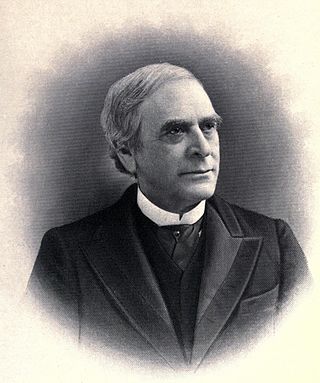
George Henry Corliss was an American mechanical engineer and inventor, who developed the Corliss steam engine, which was a great improvement over any other stationary steam engine of its time. The Corliss engine is widely considered one of the more notable engineering achievements of the 19th century. It provided a reliable, efficient source of industrial power, enabling the expansion of new factories to areas which did not readily possess reliable or abundant water power. Corliss gained international acclaim for his achievements during the late 19th century and is perhaps best known for the Centennial Engine, which was the centerpiece of the 1876 Centennial Exposition in Philadelphia.
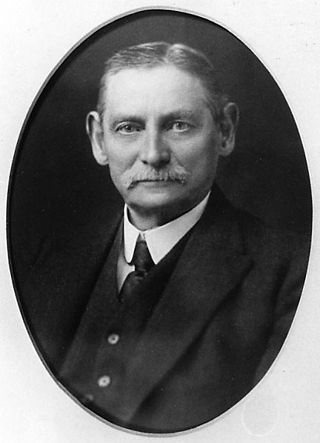
Matthew Henry Phineas Riall Sankey was an Irish engineer and captain in the Royal Engineers, known as the creator of the Sankey diagram.

Nehemiah Hawkins was an American inventor, publisher and author was born in Providence, Rhode Island. He started working with the G&C Merriam Company of Springfield, MA. In Chicago he established a magazine called Steam — soon sold and incorporated into Power — then moved to New York. He was survived by a son and two daughters.

A blowing engine is a large stationary steam engine or internal combustion engine directly coupled to air pumping cylinders. They deliver a very large quantity of air at a pressure lower than an air compressor, but greater than a centrifugal fan.
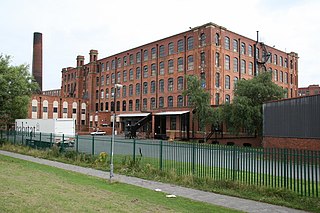
George Saxon & Co was an English engineering company that manufactured stationary steam engines. It was based in the Openshaw district of Manchester. The company produced large steam-driven engines for power stations and later for textile mills in Lancashire and elsewhere.

Richard Henry Rice was an American mechanical engineer and inventor who is known for many patents related to improvements to the Corliss steam engine, and his partnership in founding the Rice & Sargent Engine Company of Providence, Rhode Island.

Edward Phelps Allis was an American businessman who founded the Edward P. Allis Company, a manufacturer of milling and mining equipment, steam engines, and other large-scale capital equipment. He was a notable ideologue in the Greenback Movement, running for governor of Wisconsin as a candidate of the Greenback Party. About a decade after his death, his company merged with others to form the Allis-Chalmers Manufacturing Company. In 1883, Allis was elected a fellow of the American Society of Civil Engineers.

The Chapin Mine Steam Pump Engine, also known as The Cornish Pump, is a steam-driven pump located at the corner of Kent Street and Kimberly Avenue in Iron Mountain, Michigan, USA. It is the largest reciprocating steam-driven engine ever built in the United States. It was listed on the National Register of Historic Places in 1981, and designated a Michigan State Historic Site in 1958.
Nordberg Manufacturing Company was a manufacturer of steam engines, large diesel engines, pumps, hoists and compressors for the mining and quarry industries located in Milwaukee, Wisconsin.
John Tregoning was an American mechanical engineer, inventor and business manager from Lynn, Massachusetts, known for writing one of the first books on factory operations in 1891. and as early systematizer of management.
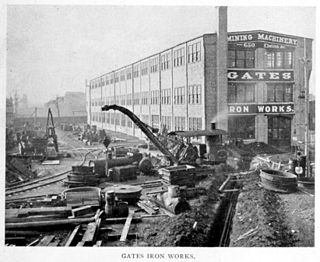
Gates Iron Works was a U.S. manufacturer of machinery, specialized in rock and cement milling equipment. It was based in Chicago and merged into the Allis-Chalmers Company in 1901

Joseph Flavius Holloway was an American mechanical engineer, President of the Cuyahoga Steam Furnace Co., and president of the American Society of Mechanical Engineers in 1885–86.

Horace See was an American mechanical engineer, marine engineer, naval architect, inventor, and superintendent. He is known as principal naval architect at the William Cramp & Sons shipyard in Philadelphia, and as president of the American Society of Mechanical Engineers in the year 1888–89.
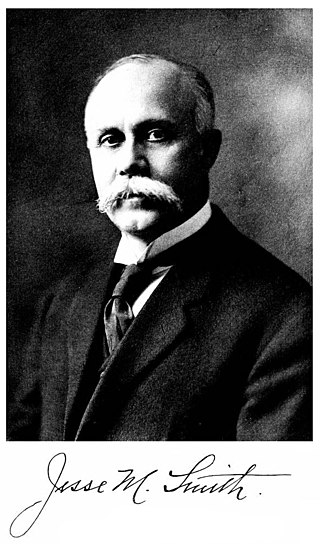
Jesse Merrick Smith was a prominent American mechanical engineer, consulting engineer, patent expert, and president of the American Society of Mechanical Engineers in the year 1909-10.
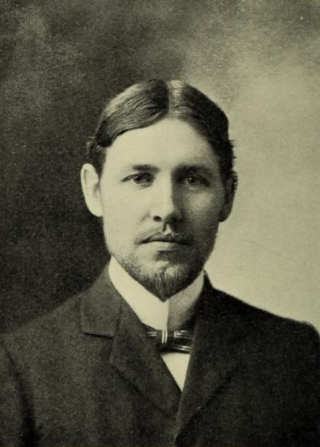
William Crosby Marshall was an American mechanical and consulting engineer, Professor of Machine Design and Descriptive Geometry at the Sheffield Scientific School of Yale University and author.

















